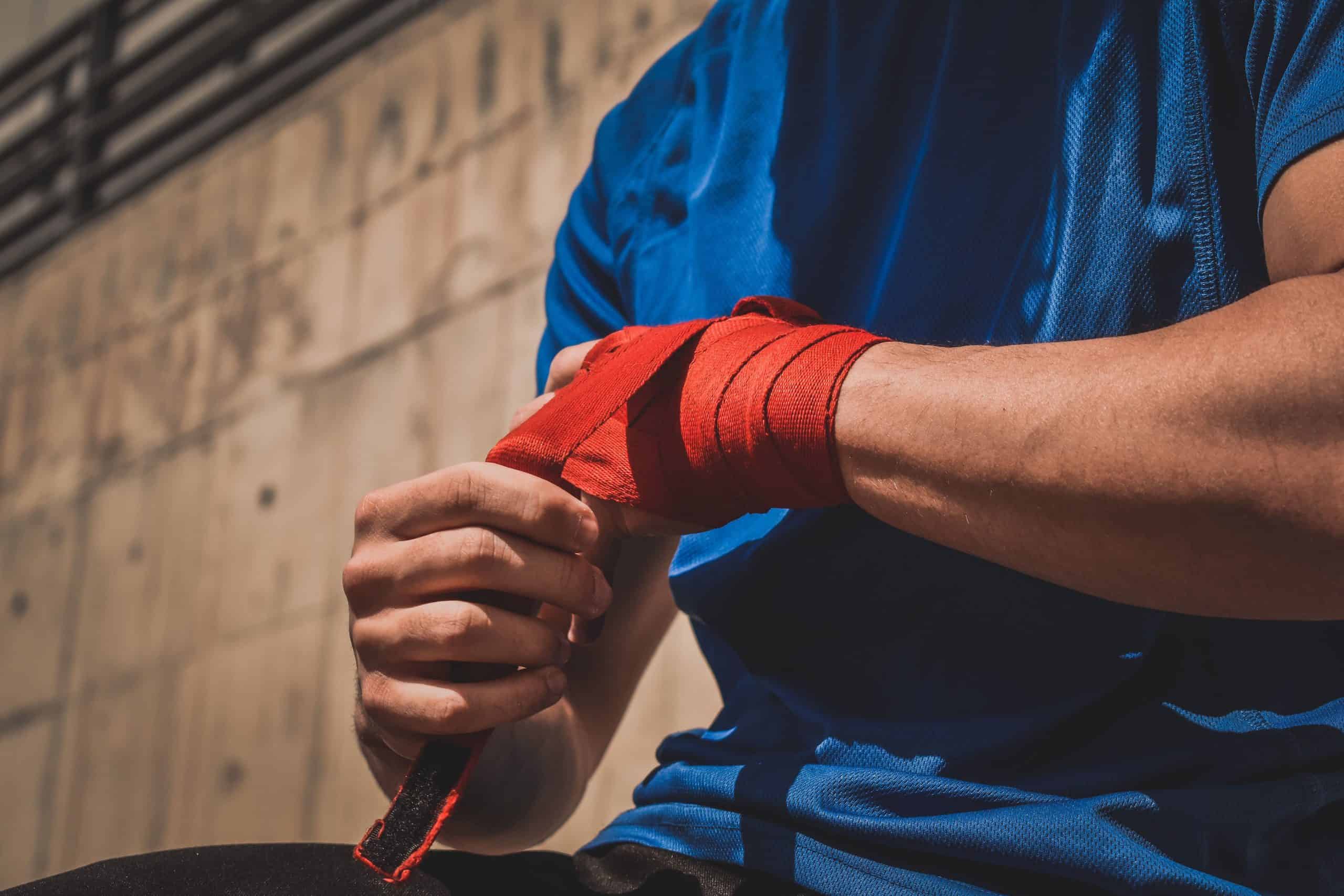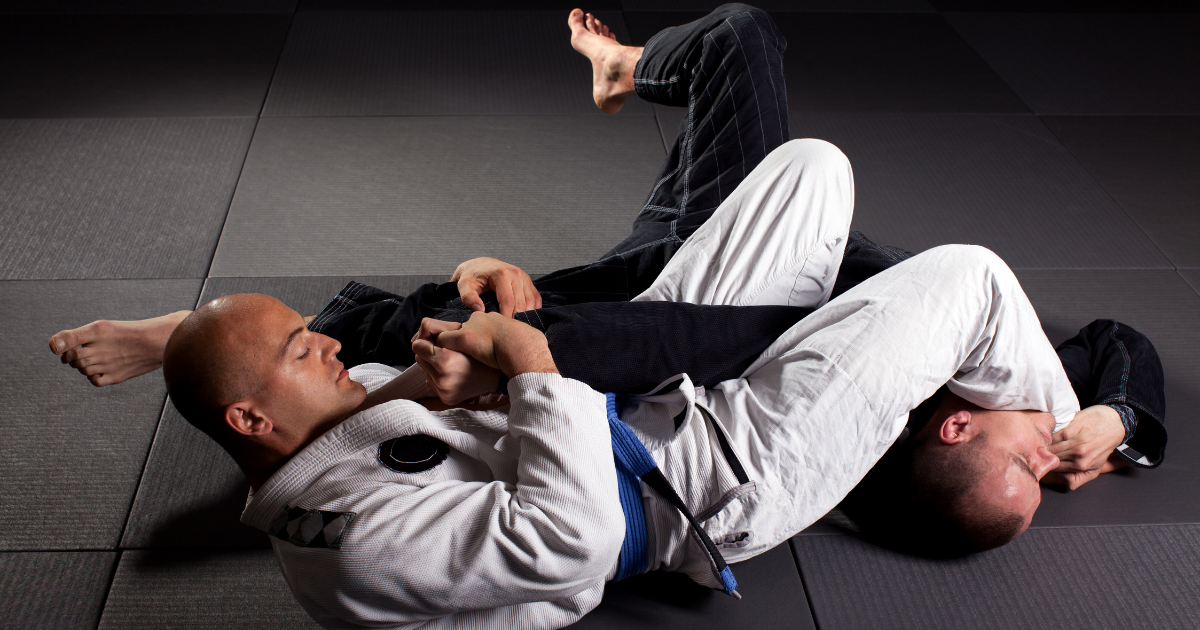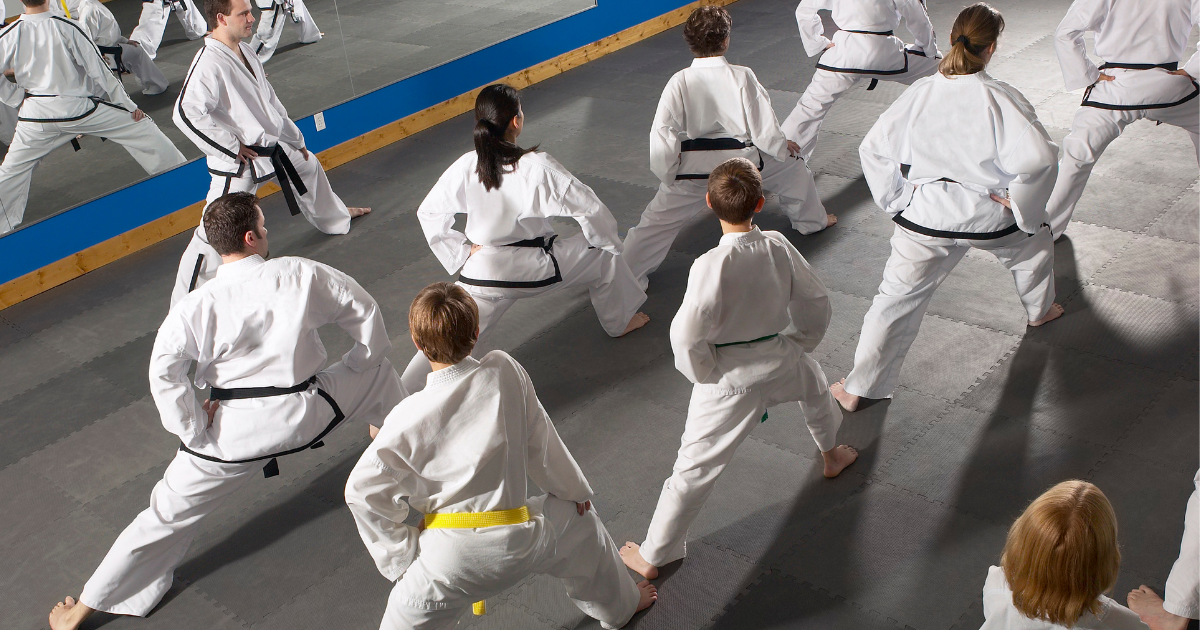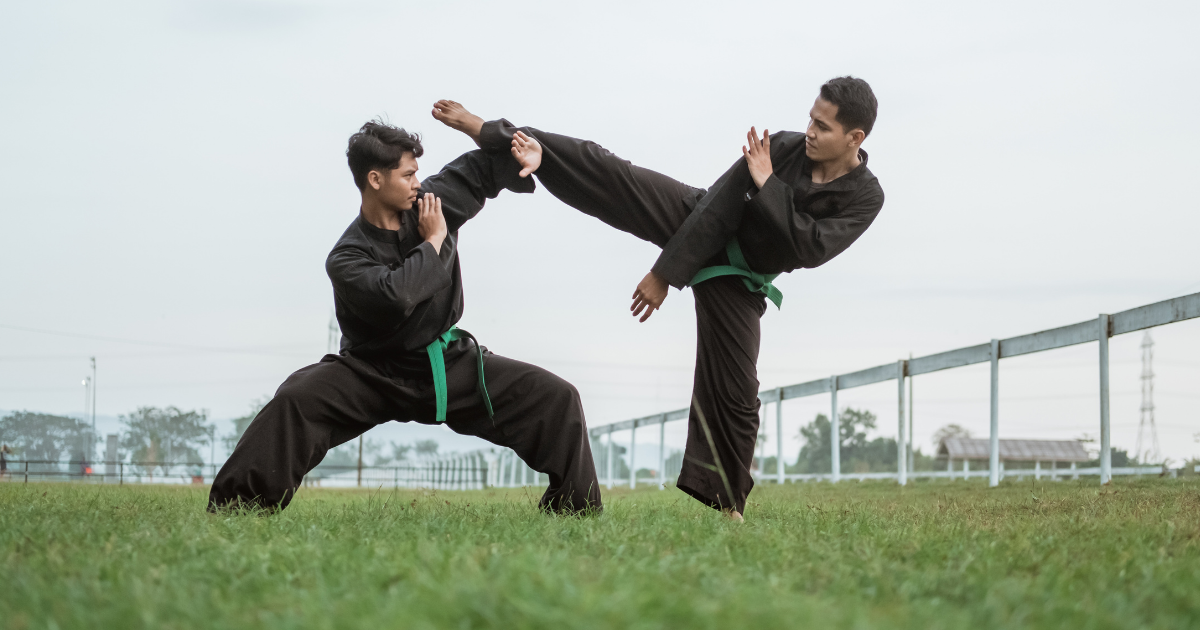
© 2018 All rights reserved
Made with ❤ with Elementor







The idea of learning martial arts training must have come across most people’s minds. However, only some of us are dedicated enough to execute that thought into practice and get ourselves enrolled for martial arts training. Martial arts refer to a discipline that entails codified systems and traditions of combat that is practiced for numerous reasons including physical, mental, and spiritual development, self-defense, military & law enforcement, etc
Most people believe that martial arts are only limited to self-defense and combat sports. However, contrary to this popular belief, it is used for an array of purposes including mental and spiritual well-being. So, regardless of your end goal, practicing martial arts is beneficial for your overall health and well-being. There are various types of martial arts techniques that are practiced by people across the globe. You can learn about most of them and compare them to find your best fit.
Let’s delve deeper into some of the most commonly practiced martial art forms.
The Muay Thai martial art technique is native to Thailand and is also popularly known as ‘Thai Boxing’. At the core of this art form lies the concept of ‘8 Limbs’ as it uses shins, knees, elbow, and fist for striking. It involves various types of striking and clinching techniques to defeat the opponent. To counteract kicks during actual matches players are also trained in takedowns. Muay Thai is an old tradition and has been in Thai history for thousands of years. Many MMA fighters practice this martial art form to prepare for their fights.
The roots of the Taekwondo martial art discipline can be traced to Korea. It is also regarded as one of the most scientific and systematic traditional combat arts techniques in Korea. Although the modern Taekwondo originated in the 1940s, its history goes as far as 600 AD royal court and tribal fighting methods. Taekwondo is often credited with introducing many amazing kicking styles and techniques to combat sports at large. The best thing about this art form is that it can adapt to a unique style that matches other fighting methods.
Judo is a popular Japanese martial art form that was invented around 1882. One of the prominent reasons why it’s so popular among people is its recognition as a sport in the Olympics. It not only demands physical labor but also emphasizes mental discipline. There are several different styles in Judo martial arts that use different takedown and throwing techniques to defeat an opponent. It specializes in throws, sweeps, chokes, joint locks, and trips. It is one of the safest martial art forms that allow people to learn self-defense and mental discipline.
The name Brazilian Jiu-Jitsu (BJJ) is very suggestive of the place this martial art technique comes from. It originated from the Judo discipline in 1882 and was termed by Kano Jigoro who named it after the popular Japanese Jiu-Jitsu. It is considered as one of the most pragmatic martial art forms that pick practical and valuable techniques from different art forms. The emphasis on throws and takedowns is lower in BJJ, unlike Judo or traditional Jiu-Jitsu. The main ideology in this technique is to use the size or weight of your opponent against them. The use of choke and joint locks is prevalent to neutralize opponents in this method.
Karate is another popular martial art form that has found its origins in Japan. It is an interesting amalgamation of self-defense and an unarmed combat system that focuses on the weaker parts of the attacker’s body. The origin can be traced back to the 1900s but it became popular worldwide only after 1950. It has been greatly influenced by Chinese martial arts. Different types of kicks and punches are used in Karate to defeat an opponent. It also involves other techniques including swords and staff. Although there are different variations of Karate, all of them prioritize the weapon training or katas aspect.
The Kung Fu martial arts form is native to China and was created originally to purify the mind and body. It was developed in the holy Shaolin Temple of China where monks practiced it for self-defense and health improvement. It offers different variations including Shaolin, Tai Chi, Wing Chun, etc. All these different variations use different styles of Kung Fu. However, the core principle which is striking fast and hard remains the same in all of them. Most Kung Fu enthusiasts also learn various types of weapon skills including spears, swords, staffs, etc.
Krav Maga is considered one of the most dynamic, modern, and effective martial arts forms that have been developed for self-defense and fighting. It was developed in Israel back in the 1930s by Imi Lichtenfeld. Although people of all ages, sizes, and shapes can practice this art form, it is heavily used for military training in Israel. Practicing Krav Maga makes you ready for various types of threats including knife attacks, multiple attackers, ground situations, etc. One of the best things about Krav Maga is that it mixes different art forms including Judo, Wrestling, Boxing, and other street fighting techniques.
If you want to learn a non-aggressive martial art form that is effective then Aikido is the best fit for you. Originating from Japan during the early 20th Century, this martial art form was founded by Morihei Ueshiba. It is one of the mildest forms of martial art that doesn’t involve any offensive moves or strikes. The aim is to neutralize a combative situation without harming the opponent. The practice involves using wrist locks to set up control of your enemies. It also entails using different types of takedowns and throws methods to neutralize an aggressive opponent. The aim is to eliminate any existing resistance. Aikido training also involves meditative properties and helps to grow your inner self.
Once you have made your pick from various types of martial arts that exist, it’s time to learn some basics. Here are some of the most important things that you must be mindful of before you start your first martial art class.
Any type of martial art form that you choose will require hard work and this will lead to burning a lot of calories. When you begin martial arts training, your body will be working in a way that it hasn’t before. It will be functioning to provide a boost to your strength, cardio, and dexterity. Many a time, you will be burning as high as 1200 to 1500 calories within an hour of training without you realizing the same. This happens because you focus on learning new techniques and your mind is distracted with new positions and details. You must have sufficient calorie intake and be prepared to burn a lot of calories during the training.
The concept of inclusion and equality is at the core of martial arts training. It is for everyone, regardless of shape, size, color, or ethnicity. You will find great diversity in the martial arts arena. People of all sizes, shapes, and colors, practice this art. If you are afraid of starting just because of your size or color, please take that thought out of your mind and get yourself enrolled. Remember, practice is what will make you perfect.
Before you jump in and blindly enroll for a martial arts class, it is highly recommended to do your homework. Your homework can involve a lot of things, including making comparisons with different types of art forms available, learning the pros and cons of each technique, knowing your end goal and benefits you are looking for, etc. You can watch some training videos to get a fair idea. Besides this, you must also consider other factors such as the intensity of training you are looking for, the frequency of classes that you need, your schedule, skills, etc. Choosing the right training center and the program is very crucial.
When it comes to learning a new discipline, you must try and keep an open mind to absorb all that will be taught to you during your sessions. You must not have any biased opinions or preconceived notions about the art forms. Martial art is more than just self-defense training and requires much more than just physical workouts. You must relax and enjoy the training session and be attentive to what your instructor is saying. You might discover some interesting concepts that can benefit you later.
Not all martial art forms are aggressive, however, you must be prepared for bumps and bruises on your skin. Since a large part of the training involves boosting your physical strength, it can result in some minor bruises and bumps. Although the classes are very safe and the chances of having these are quite low, it shouldn’t come as a surprise to you.
Any type of sports that you will witness need some of the other protective gear. Martial art is also a combat sports form that will require you to put on the essential gears. This could range from boxing gloves & groin protectors to MMA shin guards and breathable martial arts mouth guards. There are plenty of gears that you can choose from depending on your training. You can easily find premium quality and budget-friendly training equipment on the Champs MMA website. It is highly recommended to get the essential training equipment before your get into a practice session. You can also ask your instructor about the protective gears that you will need for learning various martial art techniques.
Becoming a part of the community and developing bonds with your classmates and instructors is very important. Unlike gym sessions, martial arts training focuses on holistic development and bonding is the key. Don’t just see yourself as a gym member but a community member who is involved and connected. Martial arts can be tough and you need to surround yourself with people who believe in you and push you to achieve your goals. Trusting your community members is crucial in these training sessions.
Consistency is the key in almost all disciplines and martial arts is no different. It requires the maximum level of consistency because you are learning an art form and not just building your body. If you want to see results, you will have to be consistent in your training. It also requires patience since learning the whole technique requires ample time. Attending a few sessions in a month won’t make you a champion. Consistent training and a will to learn more will set you on the right path.
Most martial art training will teach you art that can help to improve your overall well-being. This requires grit and determination because you won’t be seeing results instantly. However, if you are determined to change your body and mind positively through art you will achieve your goal faster. Don’t expect instant superhuman abilities, mastering the craft requires time and perseverance. You must not give up on your training if you fail to see results in days. It can take months or even years of practice to fully experience the change.
The benefits of learning different types of martial arts techniques aren’t just limited to improving self-defense. It is also highly effective in training your mind and growing your inner self through systematic methods and practice. The first step in this self-development journey is to find the right martial art technique for yourself. As a beginner, you must focus on staying consistent in your training and keep an open mind. You must always have the required protective gear before you indulge in your practice sessions.
© 2018 All rights reserved
Made with ❤ with Elementor
2 Responses
viagra tablet price sildenafil 100mg paypal viagra lyrics
Good post. I learn something new and challenging on blogs I stumbleupon on a daily basis. Its always exciting to read content from other authors and use a little something from other web sites.